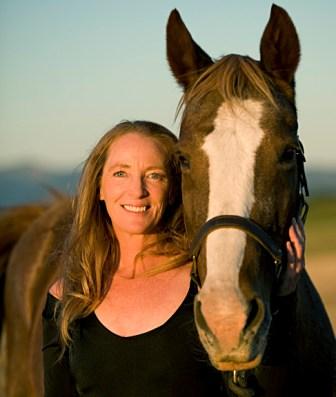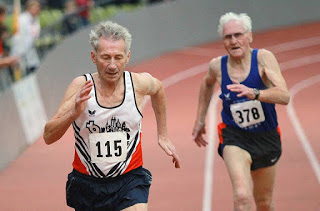One thing we love about marketing senior living is the chance to collaborate with organizations that help people live rewarding, meaningful and engaging lives.
But do most organizations genuinely believe this is possible regardless of age and health challenges? Do their residents and team members share these beliefs? And do the organization’s words and deeds support a transformative idea of aging?
These were some of the challenging questions that aging expert Kay Van Norman asked on April 24 at North Hill in Needham, Mass.
The North Hill leadership team had been so inspired by Kay’s perspectives and research findings, they sponsored a PurposeFULL Living® event for New England senior living industry professionals.
Kay’s mission is to be an “Agent of Change.” She is a powerful agent. Her article “Purpose Driven Communities,” which first appeared in the Journal on Active Aging, has many parallels to North Hill’s PurposeFULL Living philosophy and approach.
In her presentation last week, Kay reviewed the roots and dangers of ageism and offered ideas that individuals and organizations can implement to improve both the quantity and quality of life. I was so inspired that I wanted to share some of them with Creating Results’ blog readers. With so many thought-provoking questions, this will be the first post in a multi-part series .
The Historical Basis (and Fallacy) of Ageism
Kay pointed out that many Gerontology studies used sample populations of people who lived in nursing homes because they were convenient and accessible. But they clearly aren’t representative of all older people. This would be equivalent to going to sports rehab facilities to study 40-year-olds.
Another historic basis for ageism is that Social Security was introduced to push people out of the work force. Before then, people worked until they died. Physically and mentally they were probably better off for doing so. By mandating or encouraging retirement, we took peoples’ jobs away and in many ways, we took away their self-worth.
Several years ago, I argued that same point in an article called “Working for a Life, Not a Living.” People want to keep contributing to society long after “retirement.” Prior to Social Security they did.
These ageist influences are seen in our language, our media and our marketing.
For example, Kay implored, “We’ve been forgetting our whole lives. Why are we suddenly afraid?” Would we take a child who forgot to give a note to their teacher to be screened for early onset Alzheimer’s? Labeling forgetfulness as a senior moment is being ageist.
Media Extremes Reinforce Negative Images of Aging
 The media generally shows images of older people in two extremes – either “I’ve fallen and I can’t get up” or an 80 year old surfer. Since it’s hard for most people to relate running ultra-marathons at 85, they begin to place themselves in the first, “decrepit” camp. However, Kay stressed that there are other choices. “My mission is to convince people that age itself, has less to with who a person is and what they are capable of than any other factor.”
The media generally shows images of older people in two extremes – either “I’ve fallen and I can’t get up” or an 80 year old surfer. Since it’s hard for most people to relate running ultra-marathons at 85, they begin to place themselves in the first, “decrepit” camp. However, Kay stressed that there are other choices. “My mission is to convince people that age itself, has less to with who a person is and what they are capable of than any other factor.”
Kay encouraged the audience to contemplate how their thoughts and actions impact their outlook on life. The questions she posed apply to marketing senior living, travel, services, healthcare, financial services …
- Match up your marketing actions with your goals. Are they congruent?
- Monitor self-talk. Is there any ageism? (Almost all of the attendees at the session acknowledged that they have some ageist beliefs.)
- Do your organizational messages focus on taking care of people or providing them with opportunities to flourish?
As Kay asked, “What kind of emotional residue are we leaving with others around us? Are we patronizing or empowering? Do we help people feel confident and capable?”
Your Turn
Is your organization (and its marketing) empowering adults of all ages?
How can we help shift the focus from taking care of people to creating environments and cultures that allow people to live lives of meaning, passion and purpose up to their last breath?
Please use the comments section below to share your suggestions.



